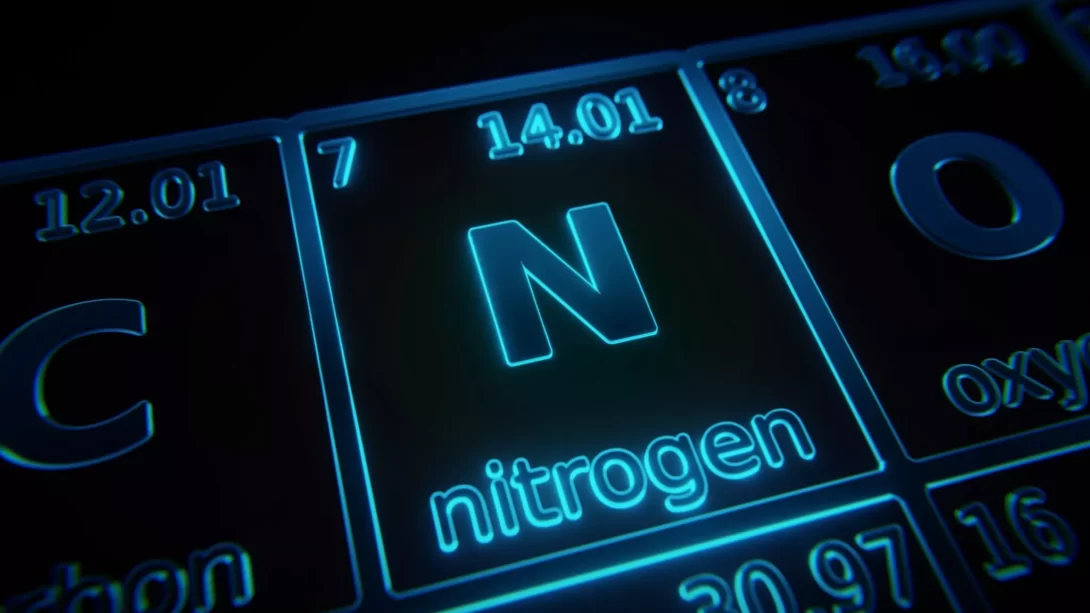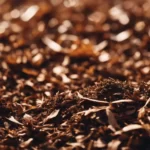Nitrogen, a fundamental chemical element represented by the symbol N and atomic number 7, plays a vital role in both the environment and numerous scientific fields. It is the most abundant gas in Earth’s atmosphere, making up about 78% by volume. Nitrogen is essential for life, being a key component of amino acids and nucleic acids. Understanding its properties, including its color, is crucial in various scientific and industrial contexts.
Nitrogen in its Natural State
In its most common form, nitrogen exists as a diatomic gas (N₂). This means that each molecule of nitrogen gas is composed of two nitrogen atoms bonded together. Nitrogen gas is colorless, odorless, and tasteless. It is inert, meaning it does not easily react with other elements or compounds under normal conditions, which is why it makes up a major part of the breathable air.
Color Characteristics of Nitrogen
In its natural gaseous state, nitrogen is colorless. This lack of color makes it invisible to the human eye when in the air. However, under certain conditions, nitrogen can exhibit different colors. When nitrogen gas is ionized, such as during the occurrence of auroras or in a plasma state, it can emit a blue-violet light. This is due to the excitation of nitrogen molecules which, when returning to their ground state, release photons in the blue to violet range of the visible spectrum. This phenomenon is often seen in scientific demonstrations using high-voltage electricity in nitrogen-rich environments.
Nitrogen in Different States of Matter
Nitrogen can exist in various states of matter under different conditions. As a liquid, nitrogen becomes a clear, colorless liquid under extremely low temperatures, specifically at or below its boiling point of -196°C (-321°F). Liquid nitrogen is commonly used in cryogenics due to its extremely low temperature. In its solid form, nitrogen appears as a frost-like, crystalline solid, which is also colorless. This solid state is achieved at even lower temperatures, close to -210°C (-346°F). The colorless nature of nitrogen in both liquid and solid states aligns with its gaseous form, making it consistently colorless across different states.
Industrial and Scientific Uses of Nitrogen
Nitrogen’s colorless and inert nature has made it valuable in a wide range of industrial and scientific applications. In industries, it is used for creating inert atmospheres, especially where oxidation needs to be prevented. Its colorless and odorless properties are important in these contexts, as they do not alter the appearance or smell of products. In the scientific realm, liquid nitrogen is used extensively in cryogenics for preserving biological specimens and in superconductors. The colorless characteristic of nitrogen is crucial in laboratory settings, as it does not interfere with the colorimetric reactions where it is used as a solvent or atmosphere.
Safety and Handling of Nitrogen
Handling nitrogen, especially in its liquid and solid forms, requires specific safety precautions due to its extremely low temperatures. While its colorless nature might suggest harmlessness, direct contact with liquid or solid nitrogen can cause severe cold burns or frostbite. Proper insulation and protective gear are essential when handling these forms. Additionally, in enclosed spaces, adequate ventilation is important since nitrogen gas can displace oxygen, creating a risk of asphyxiation. Understanding the properties of nitrogen, including its lack of color, is key to handling it safely in various applications.
Nitrogen’s Role in Atmospheric Phenomena
Although nitrogen is colorless in its basic forms, it plays a significant role in some atmospheric phenomena where color is evident. For instance, the distinct blue of the Earth’s sky is partly due to the scattering of light by nitrogen molecules in the atmosphere. Moreover, in natural occurrences like the Northern Lights (Aurora Borealis), nitrogen contributes to the mesmerizing colors. When charged particles from the sun strike atmospheric nitrogen, it can emit a range of colors from red to blue, adding to the visual spectacle of these auroras.
The Impact of Temperature and Pressure on Nitrogen
Temperature and pressure have intriguing effects on nitrogen’s behavior and appearance. Under extreme pressure and temperature, as in the case of some experimental conditions, nitrogen can exhibit different properties, including changes in color. These states are often studied in high-pressure physics and are of interest for understanding nitrogen’s behavior under extreme conditions, such as those found in outer space or the deep Earth.
Conclusion
Nitrogen, a colorless and inert element in its most familiar forms, plays a critical role in our world, from forming the majority of our atmosphere to its uses in various industrial and scientific applications. Its lack of color in both gaseous and liquid states makes it versatile and unobtrusive for various uses. However, under specific conditions, particularly in atmospheric and experimental settings, nitrogen can contribute to a range of colors. This adaptability and diversity make nitrogen an endlessly fascinating and essential element in both nature and technology. Understanding the nuances of this element, including its color—or lack thereof—is key to appreciating its significance in our lives and the broader environment.




